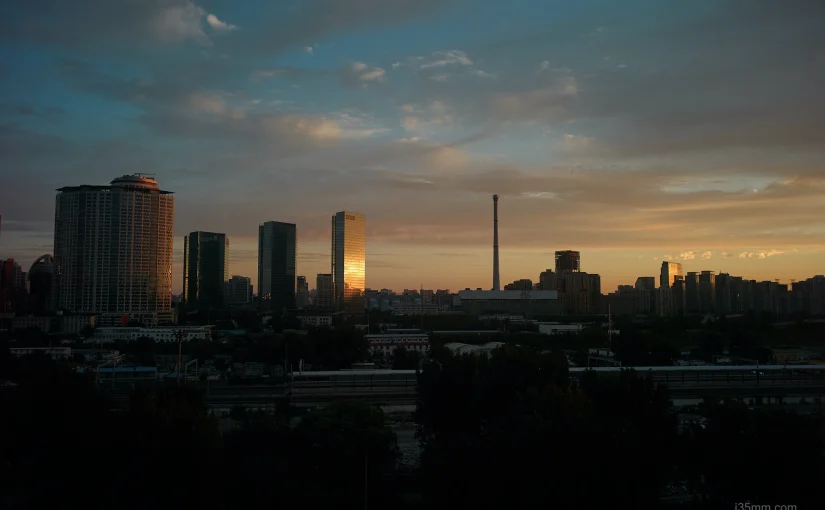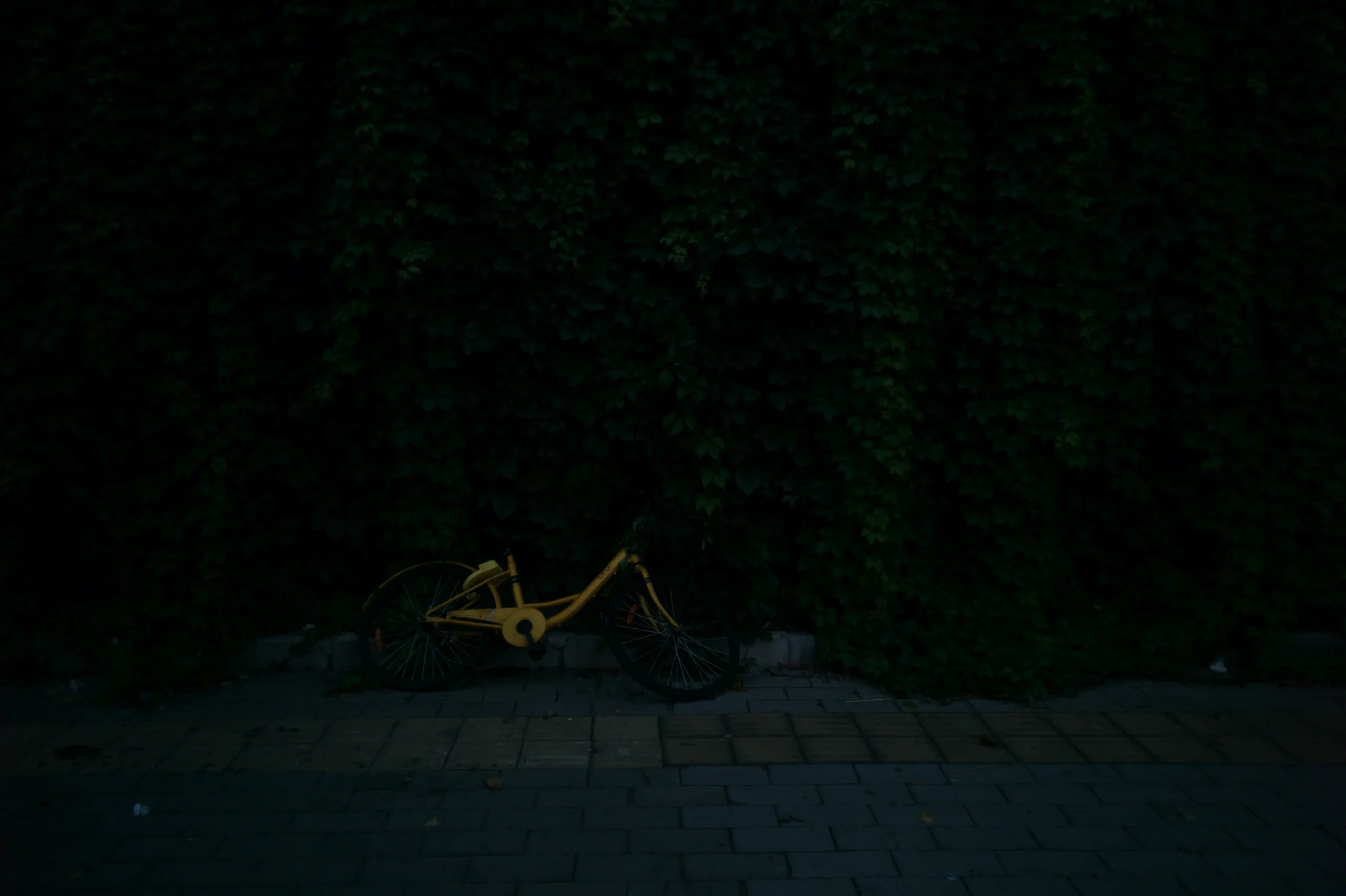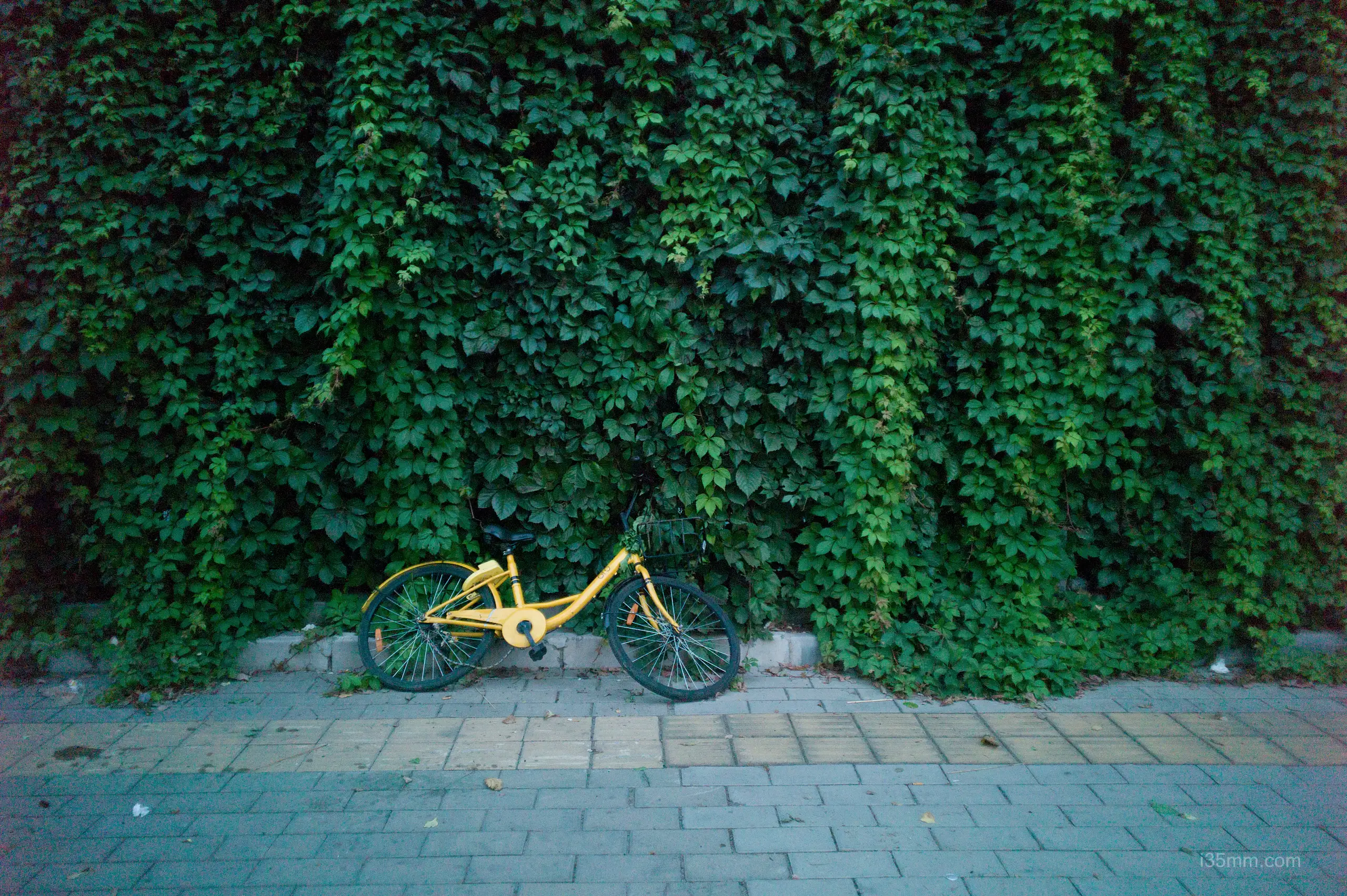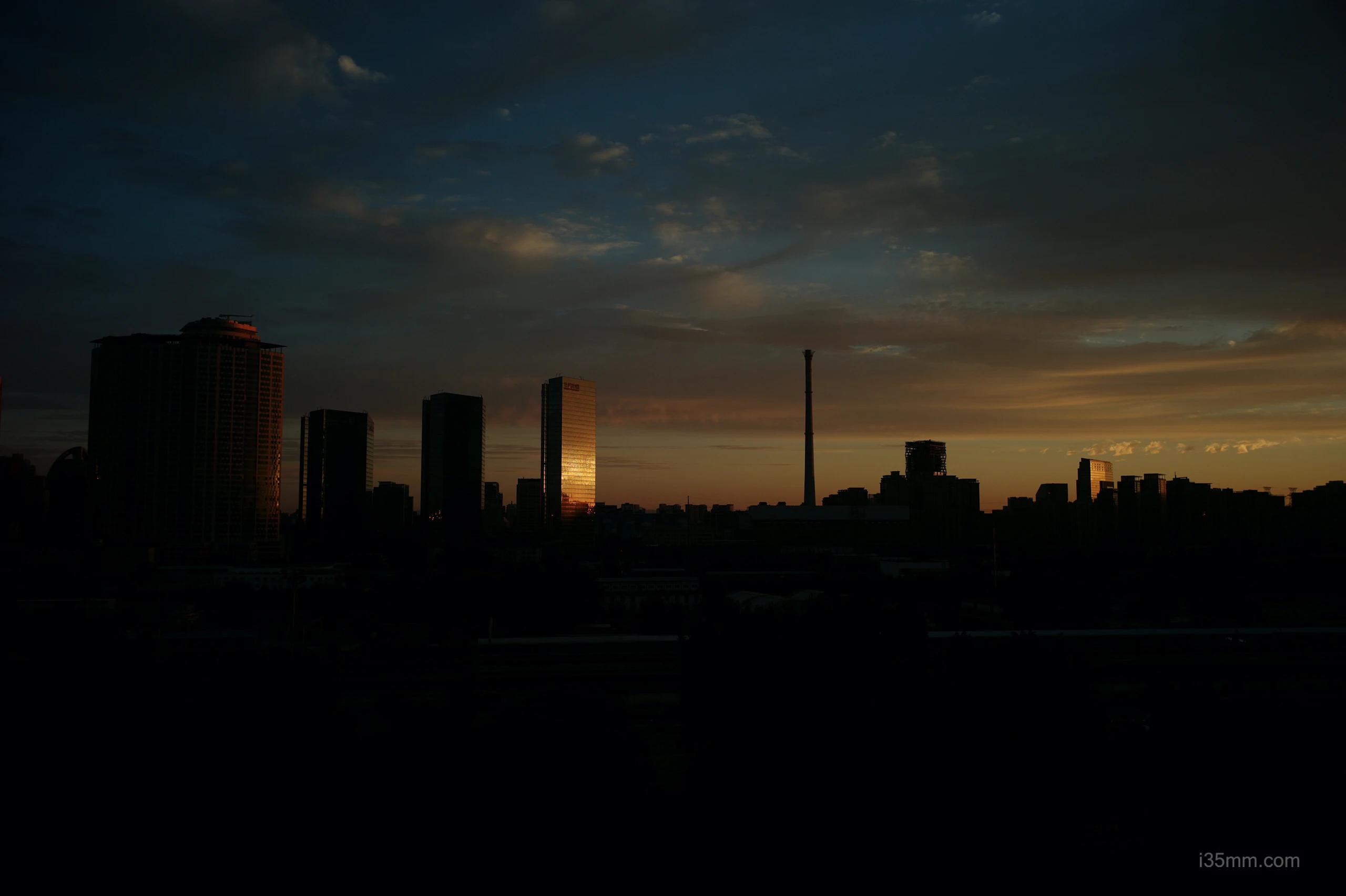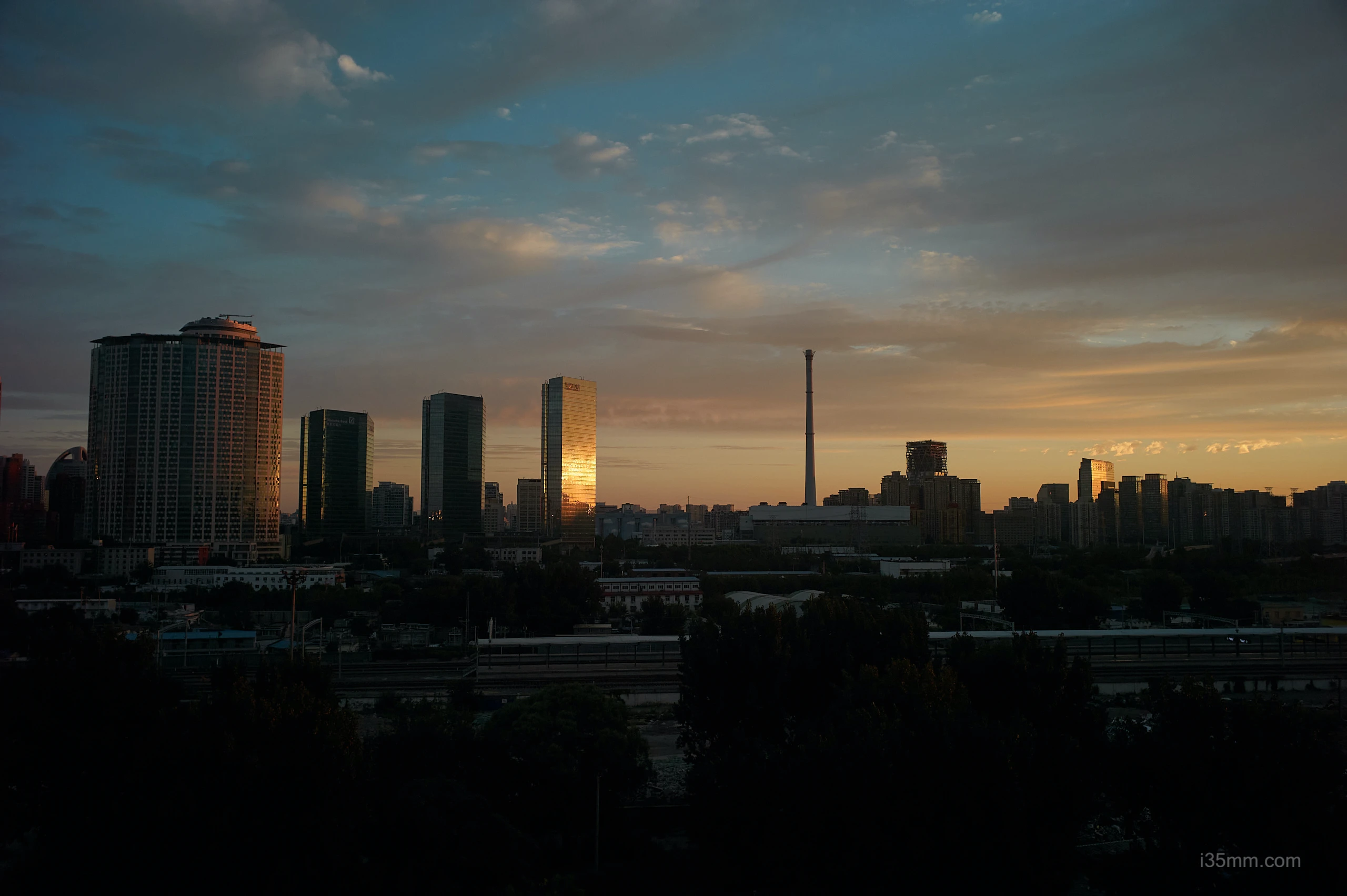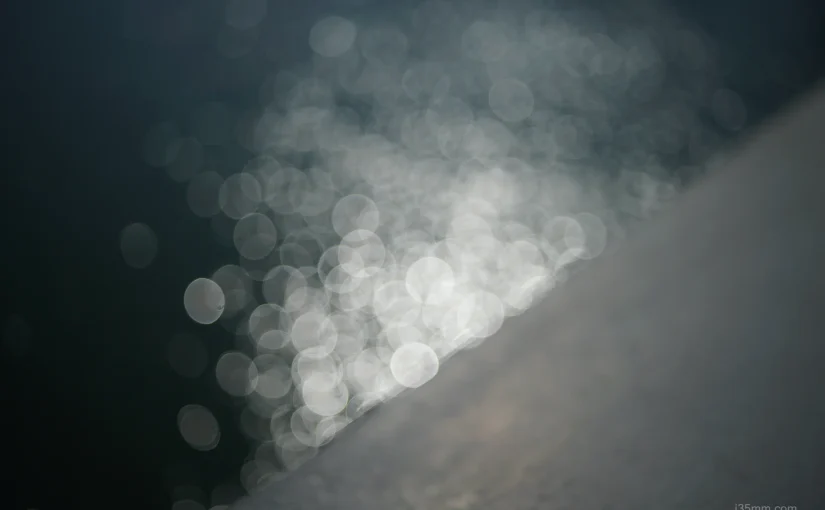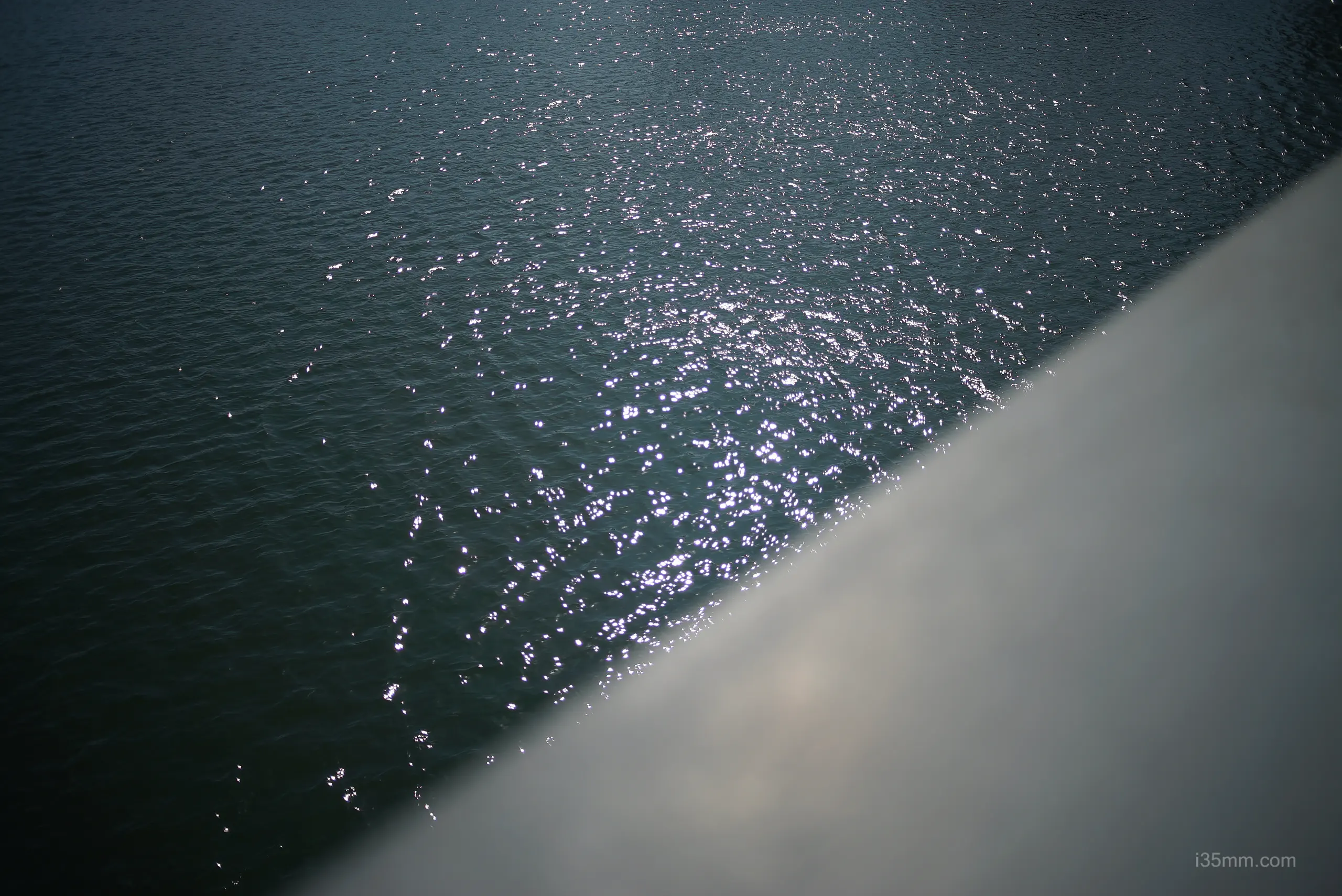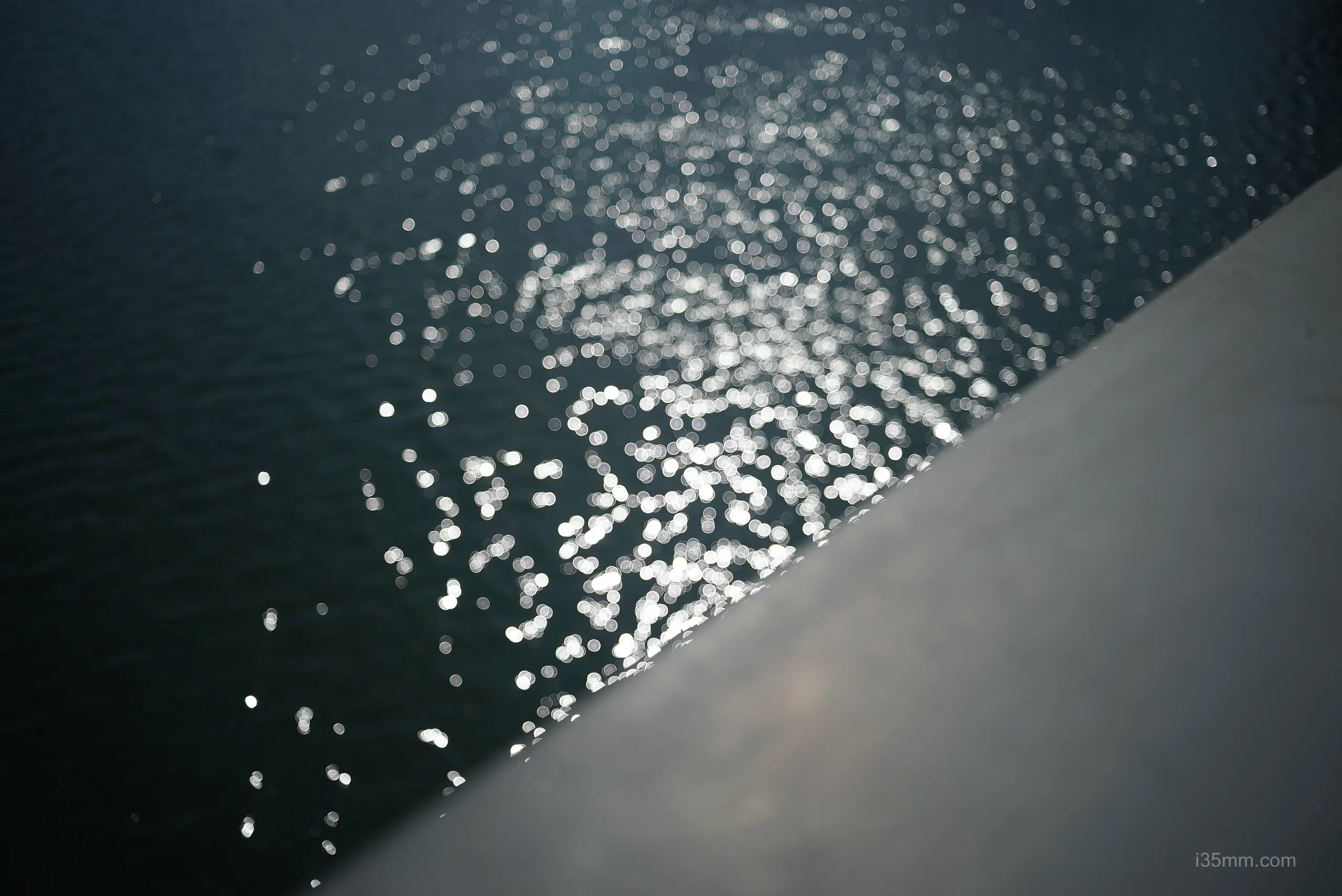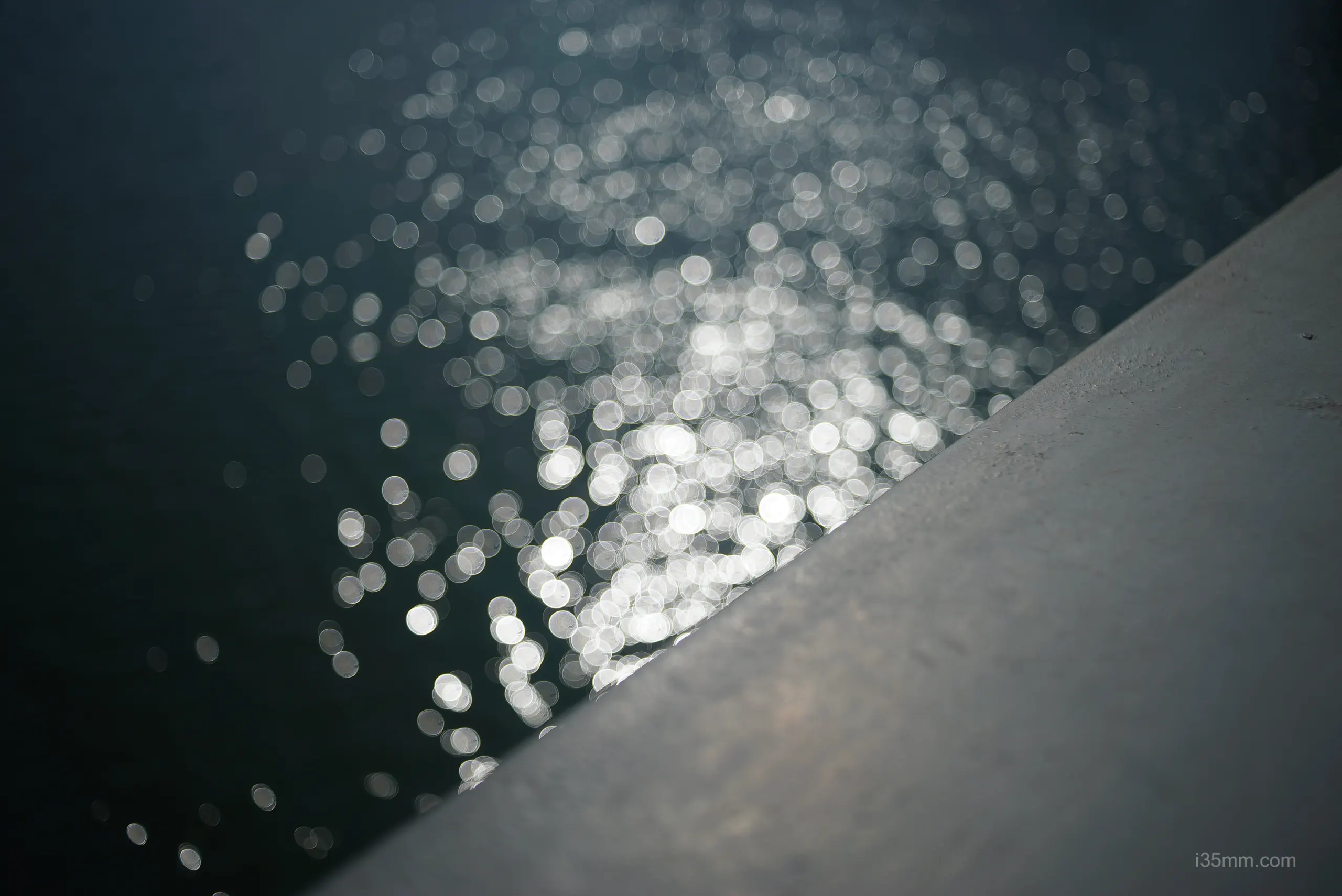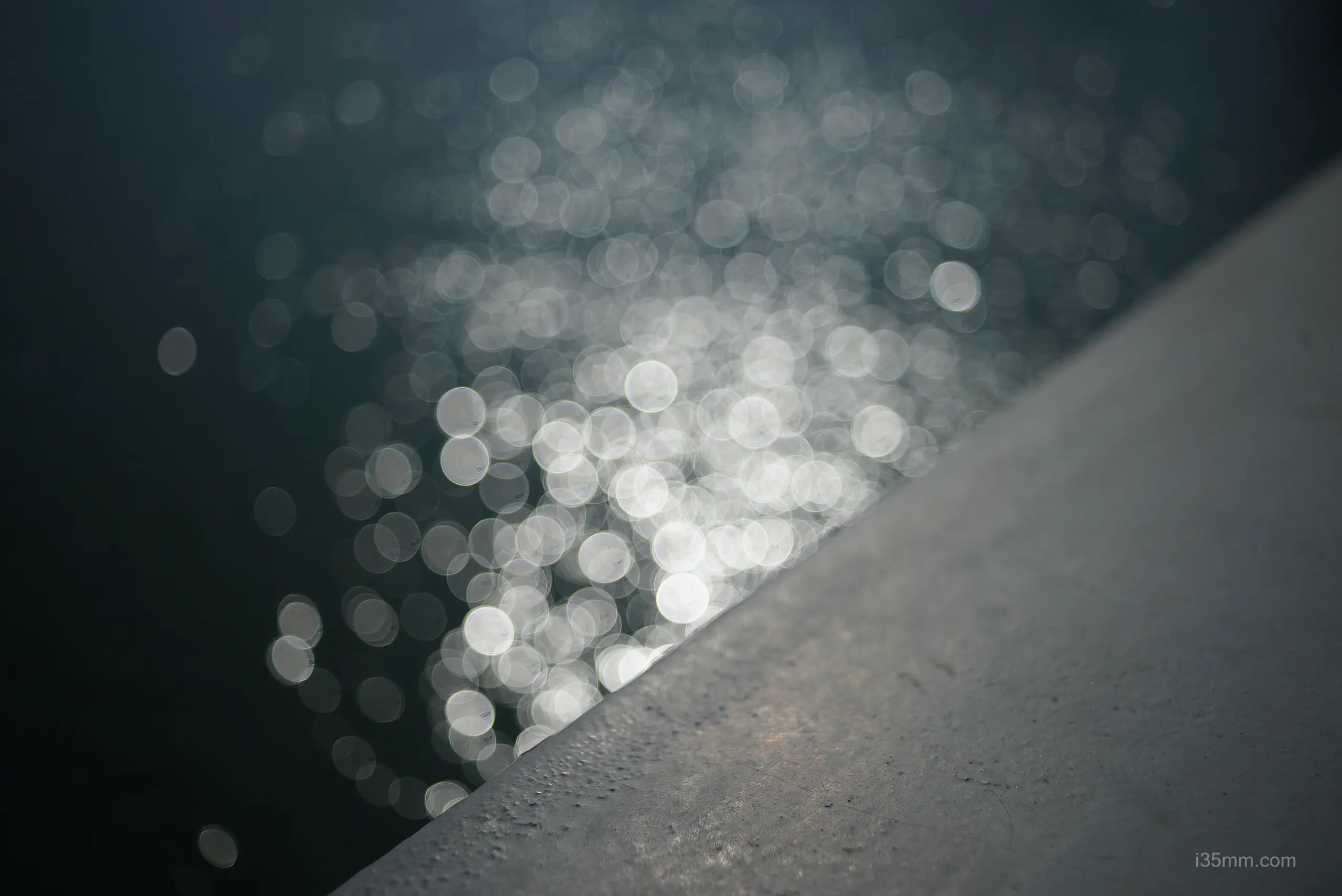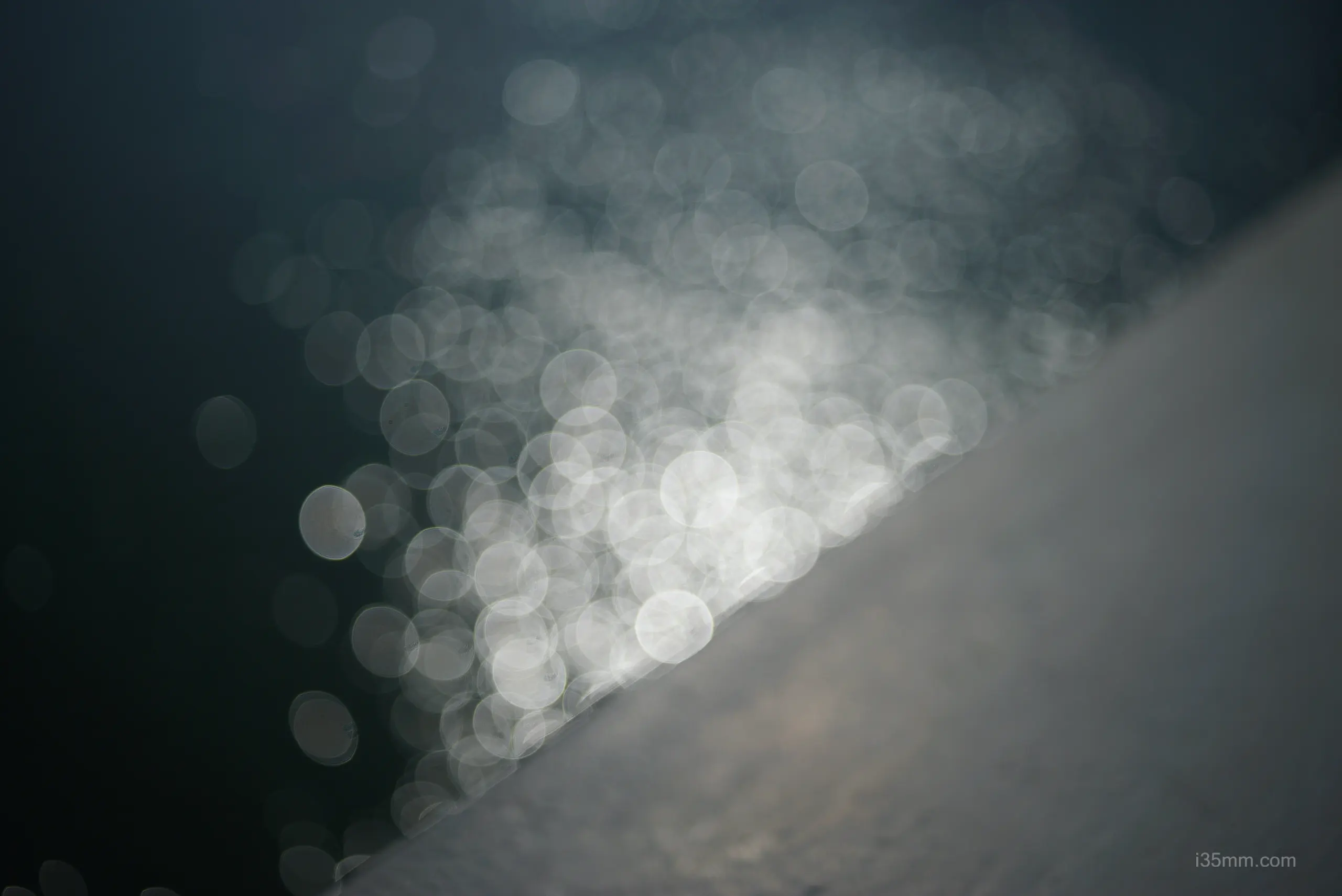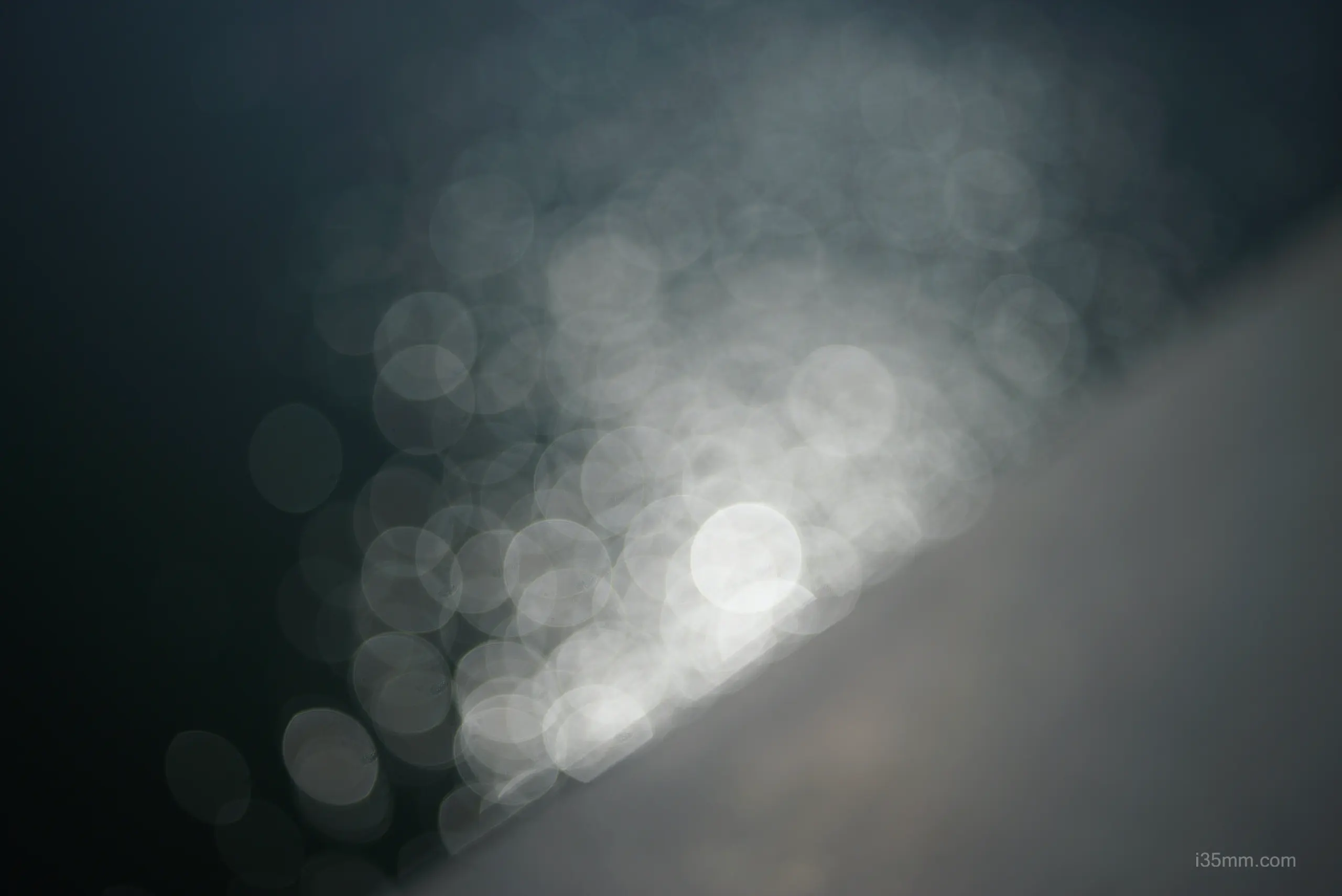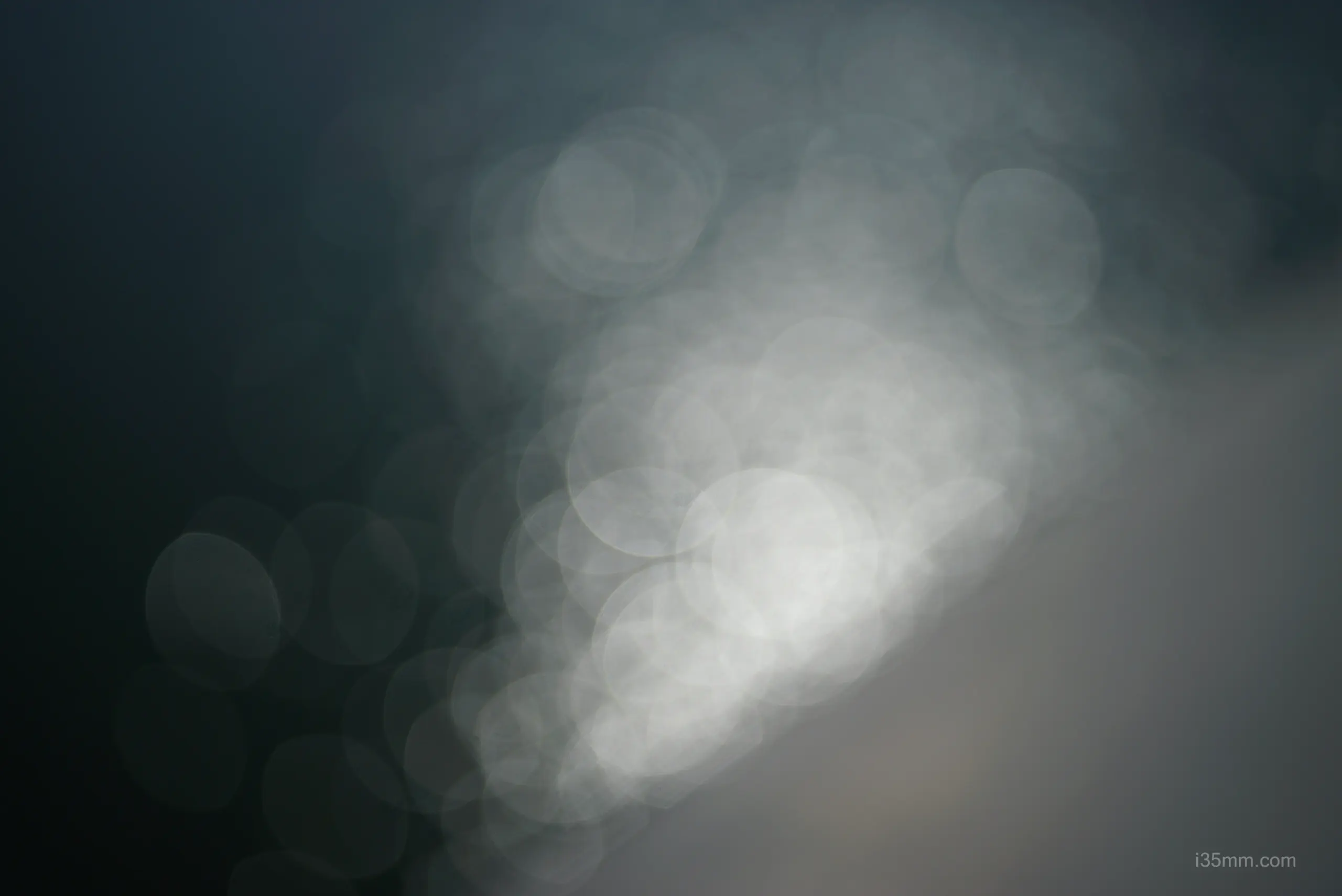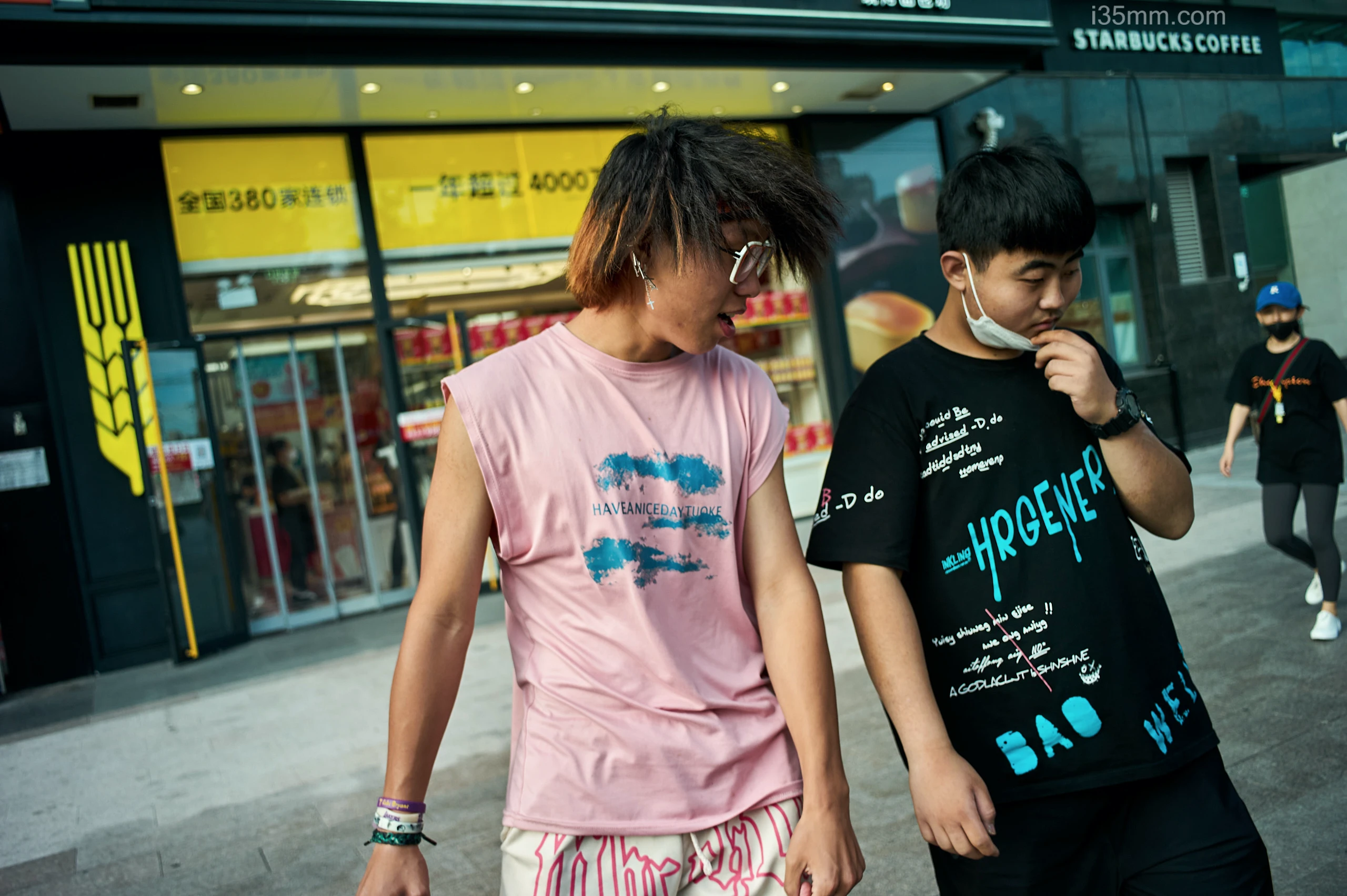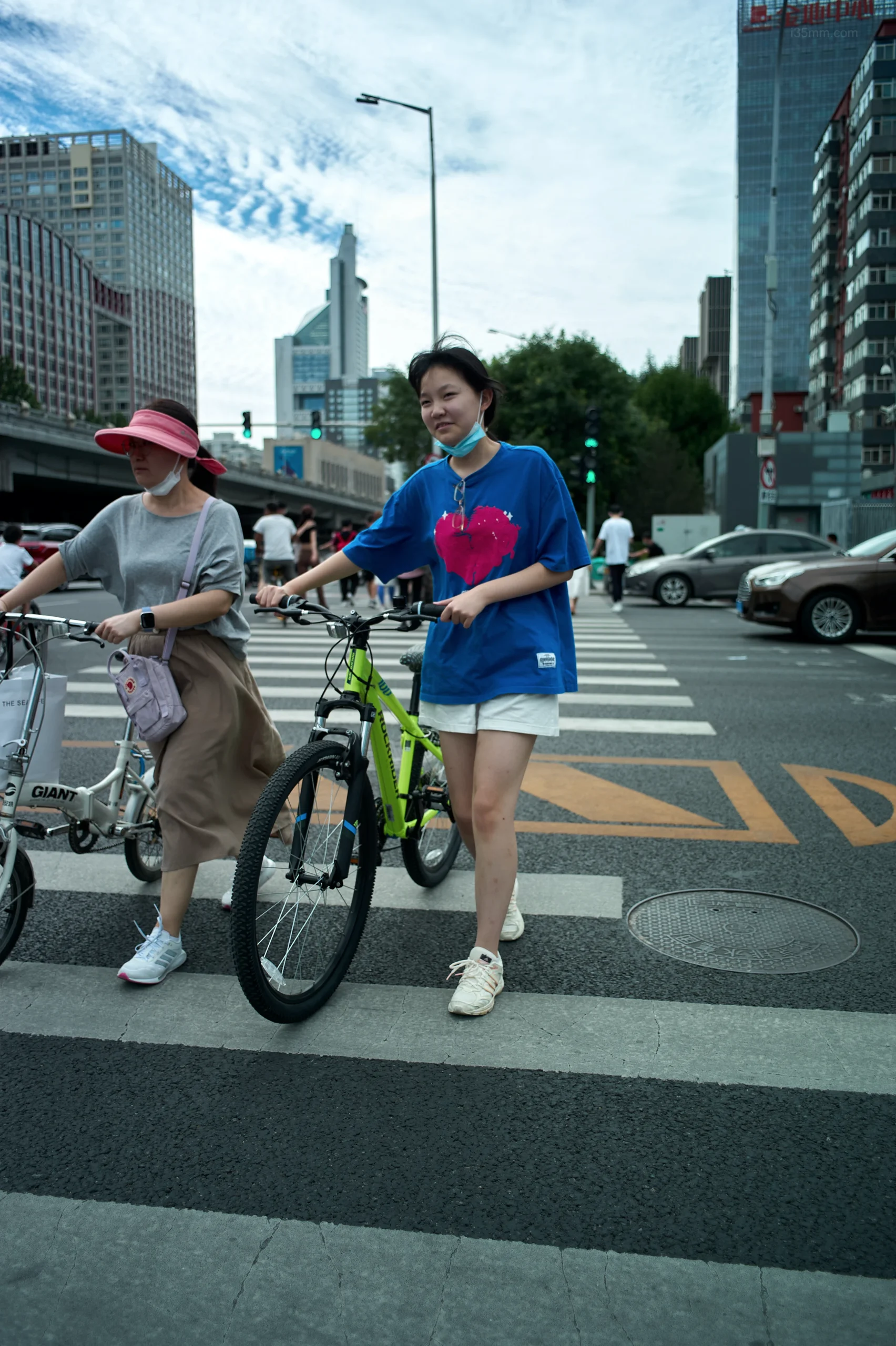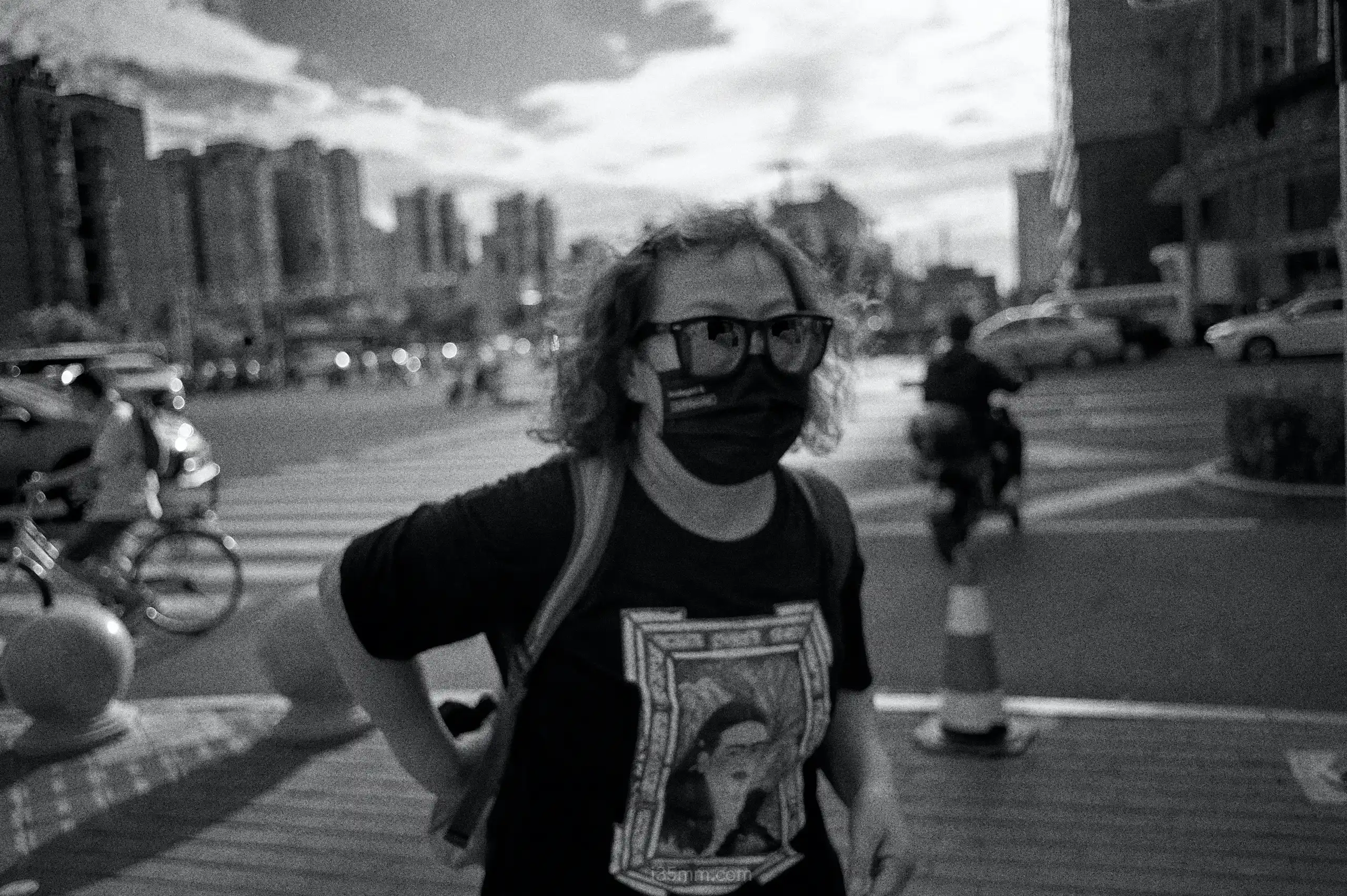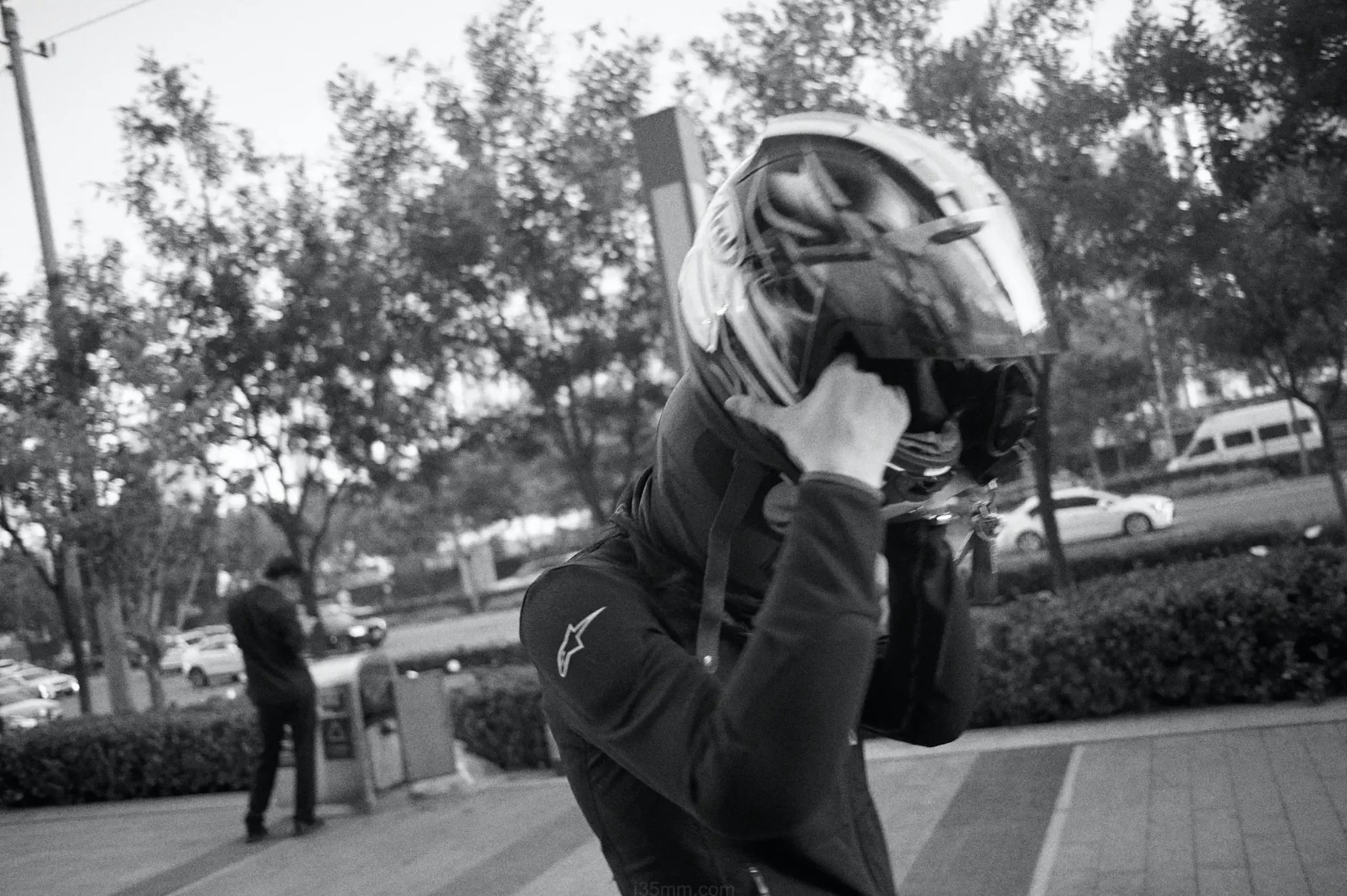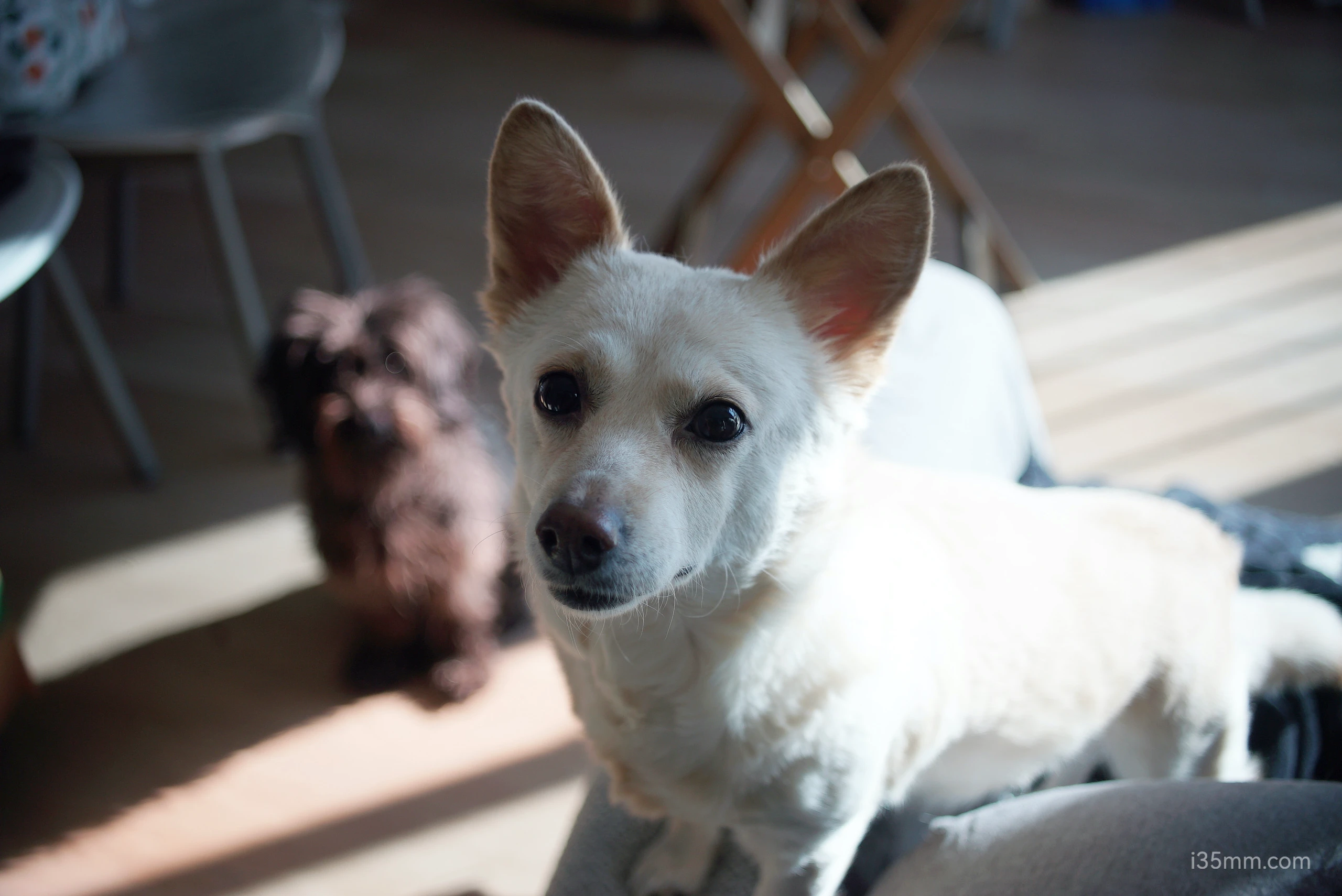

Light carries its own fingerprints. Morning sun etches cool silver into shadows, while dusk dips everything in amber—yet cameras often misinterpret these whispers. This is where RAW files grant us grace. Like a painter’s palette holding pure pigments, they preserve light’s true temperament, letting you redefine “neutral” with a click. Adjusting white balance isn’t merely fixing colors; it’s resurrecting the moment’s essence—the golden-hour glow on a dog’s fur, not the camera’s clumsy guesswork.
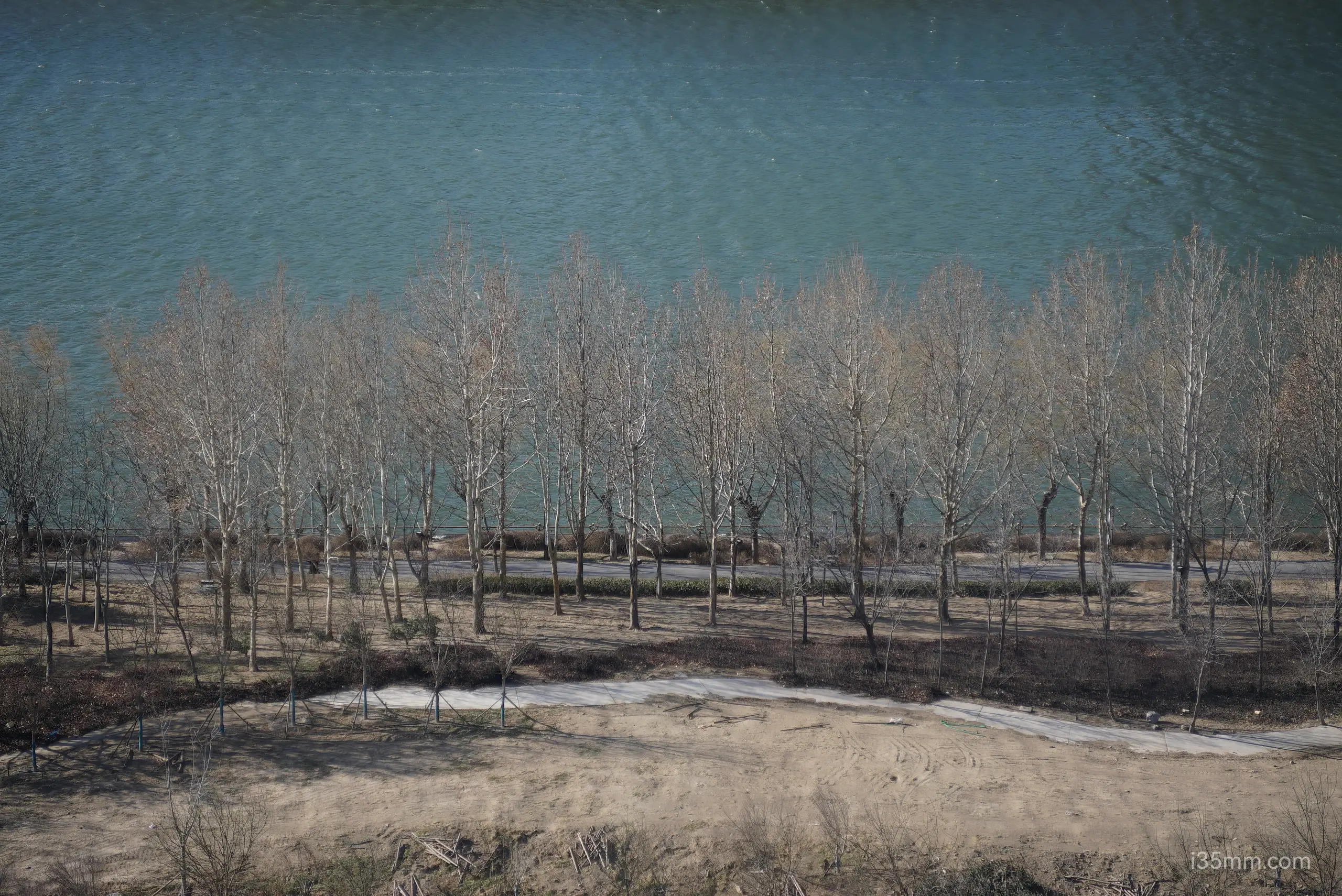
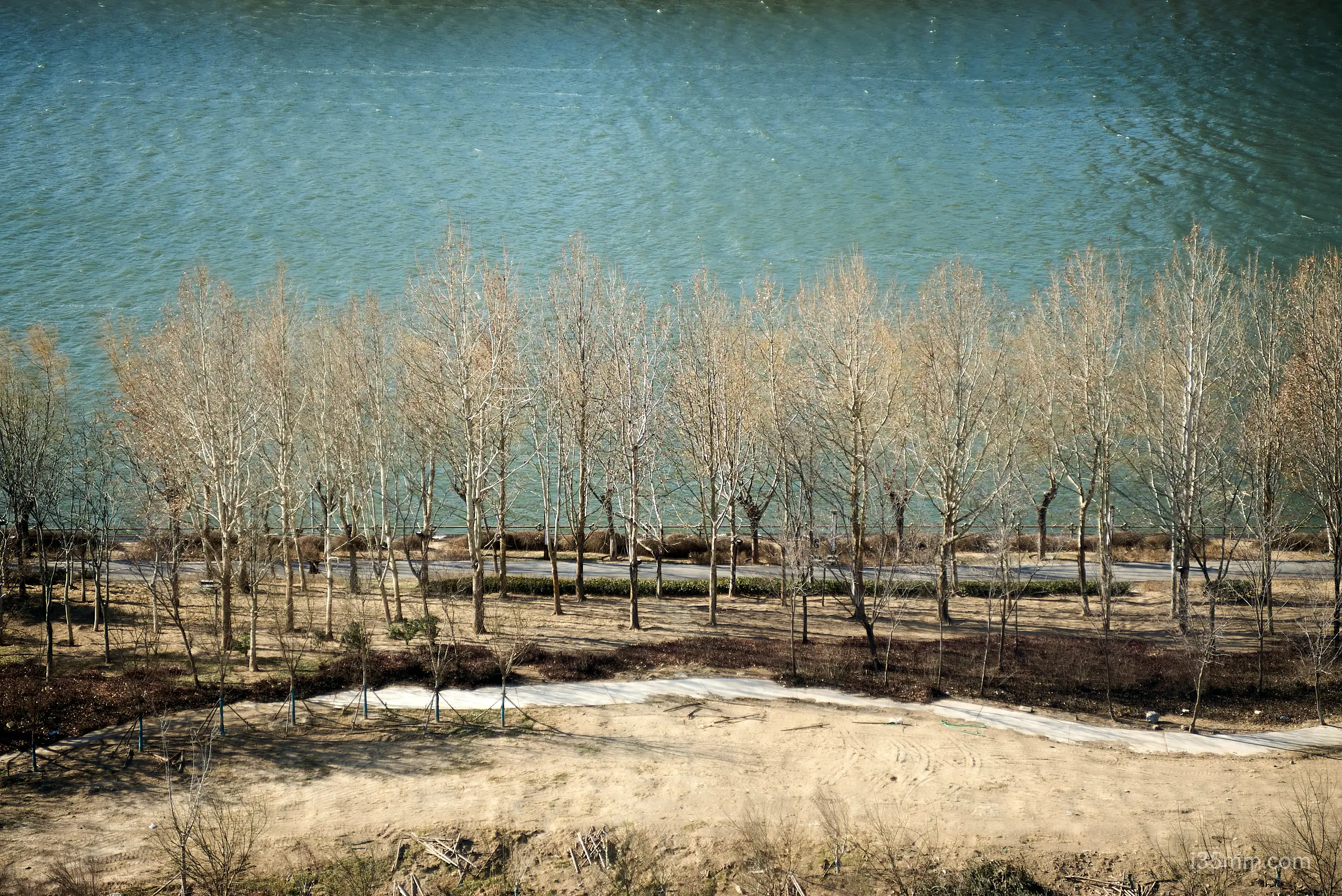
Consider this winter riverscape: afternoon sun dancing on steel-blue currents, bare birch branches stretching skyward like nature’s calligraphy. An uncorrected RAW might render the scene lifeless—water as artificial turquoise, trees as ashen skeletons. But shift the white balance, and watch the river reclaim its mineral depth, birch bark warm into honeyed textures, while the slender path beneath reveals its earthy russet tones, as if the land itself sighed in relief.
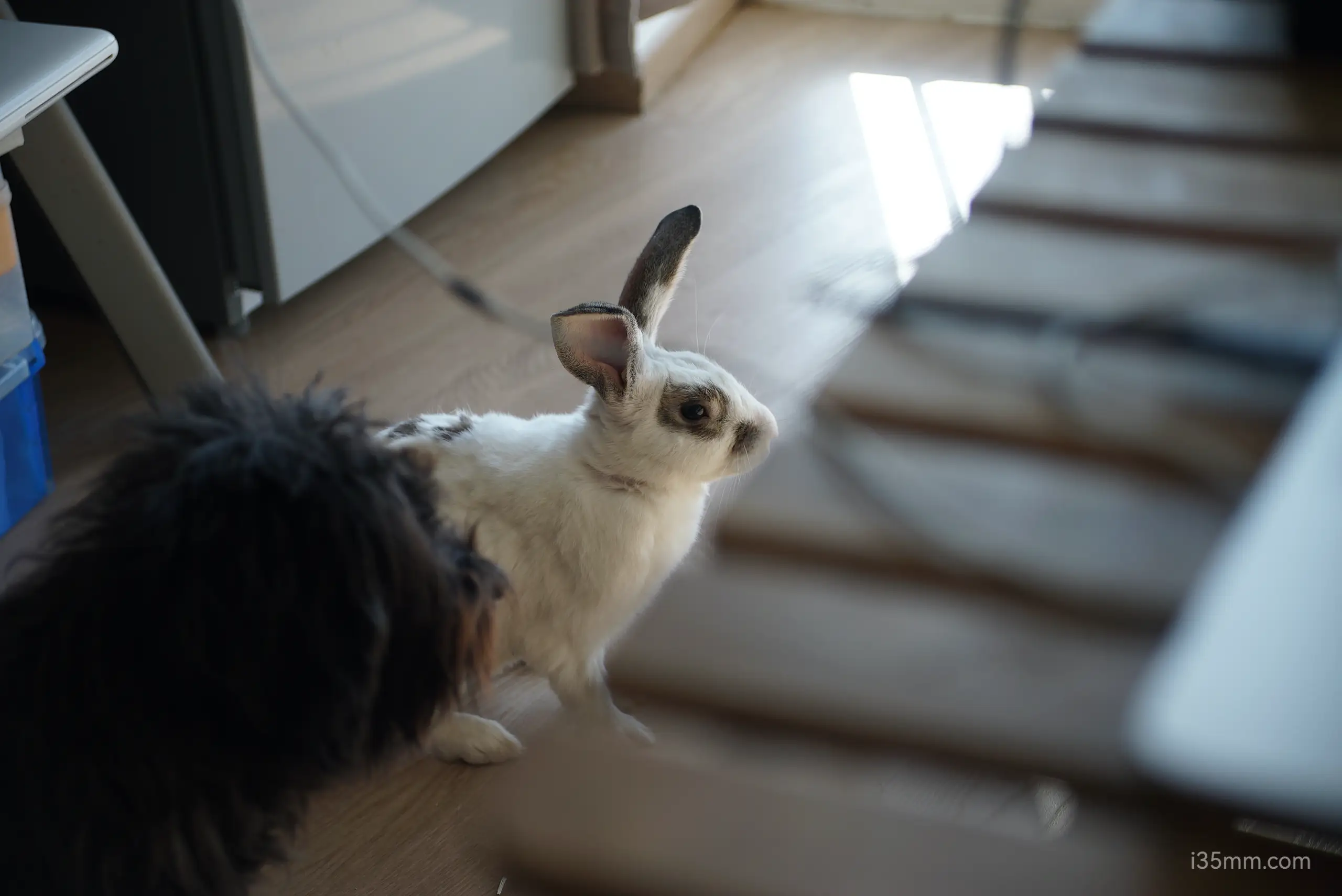
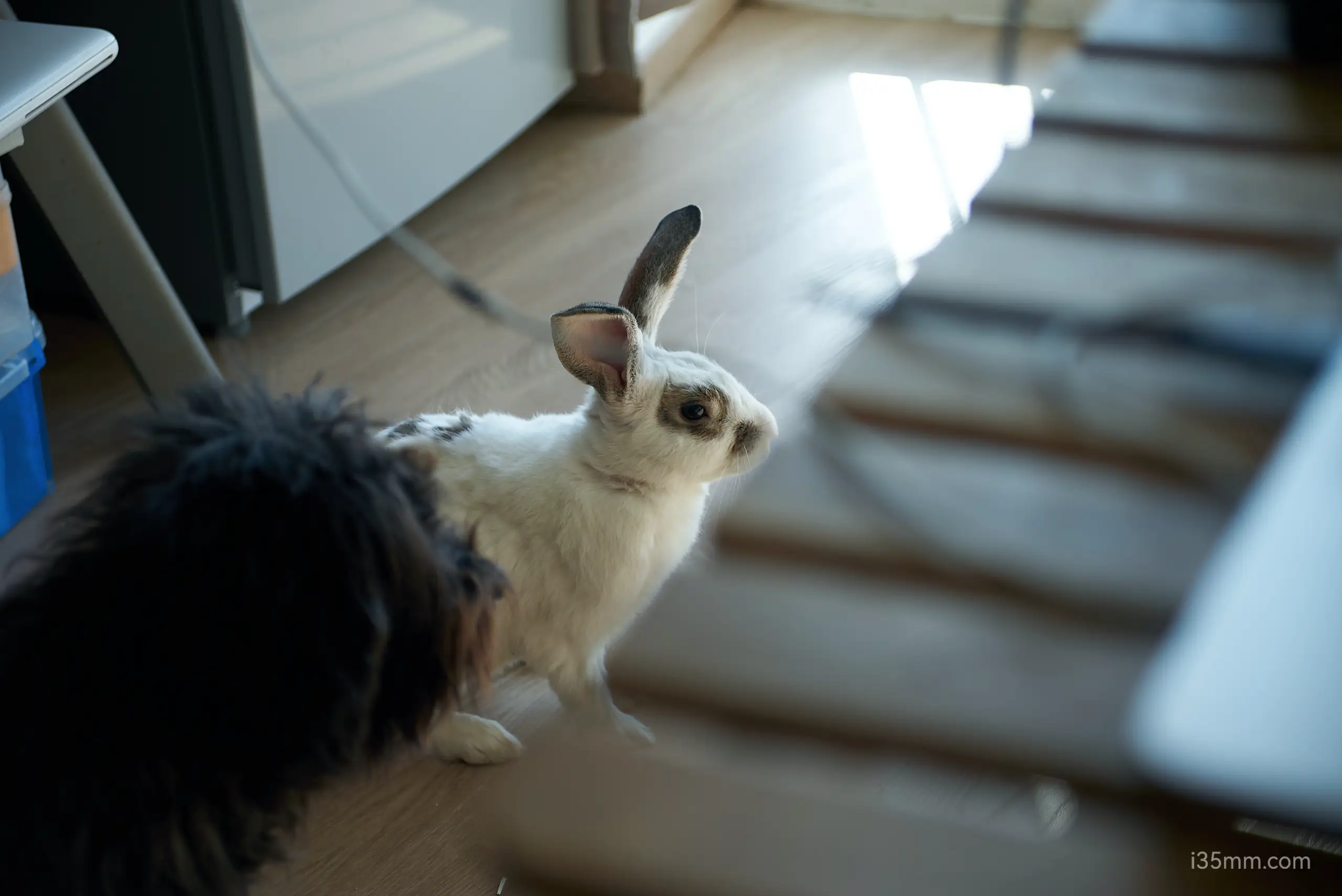
Or consider the white rabbit—its fur initially rendered as chalky monotony. With calibrated warmth, subtle shadows emerge between strands, transforming a flat silhouette into a creature you might feel stirring. The magic lies not in saturation, but in restoring light’s gentle gradients.
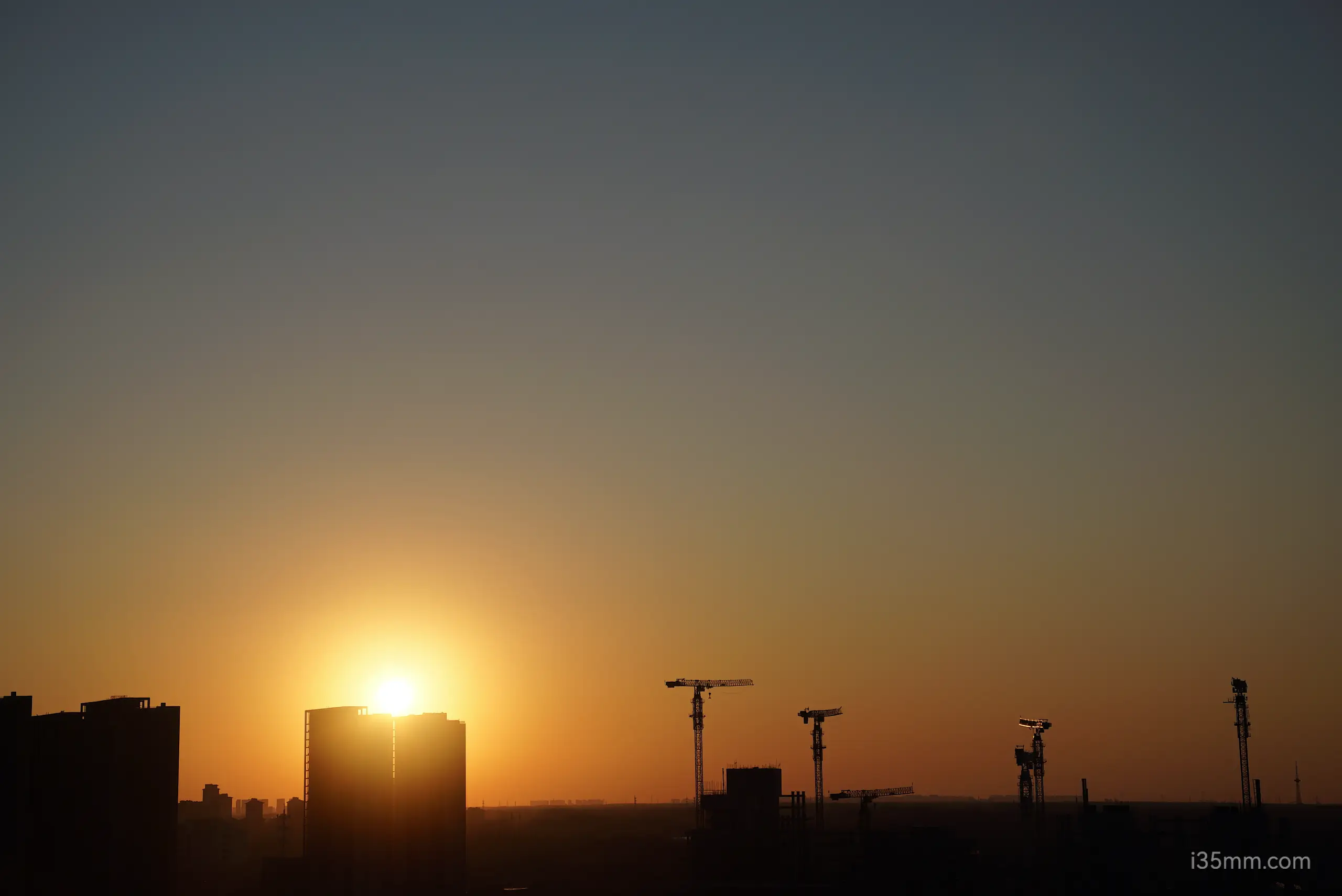
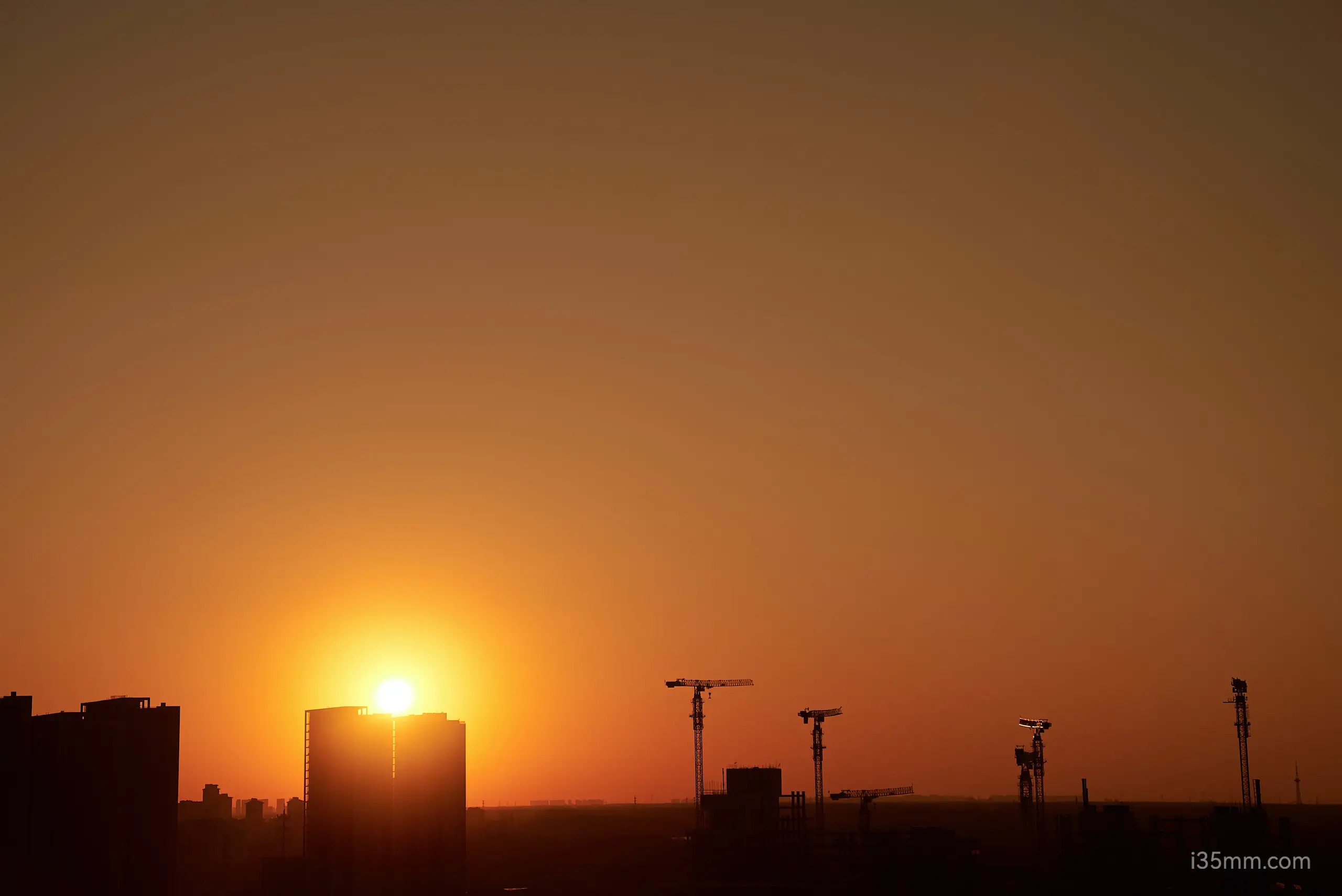
Even dawn’s first blush suffers in JPG’s haste. That rooftop sunrise, raw and uncorrected, might reduce the sun to a faded blood orange. But tease the white balance, and watch it ignite—a molten sphere bleeding crimson into the urban silhouette, its rays now textured like rippling silk.
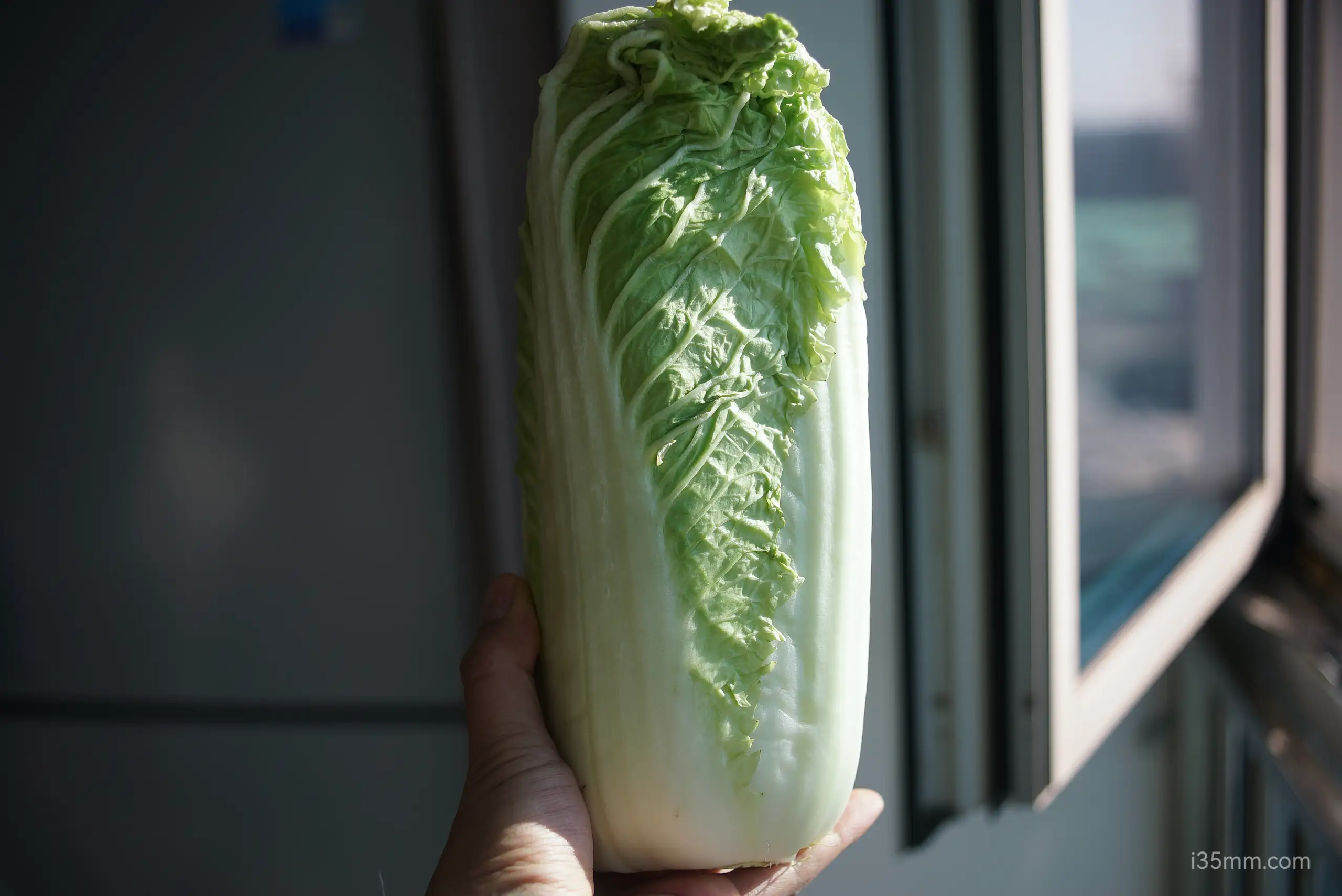
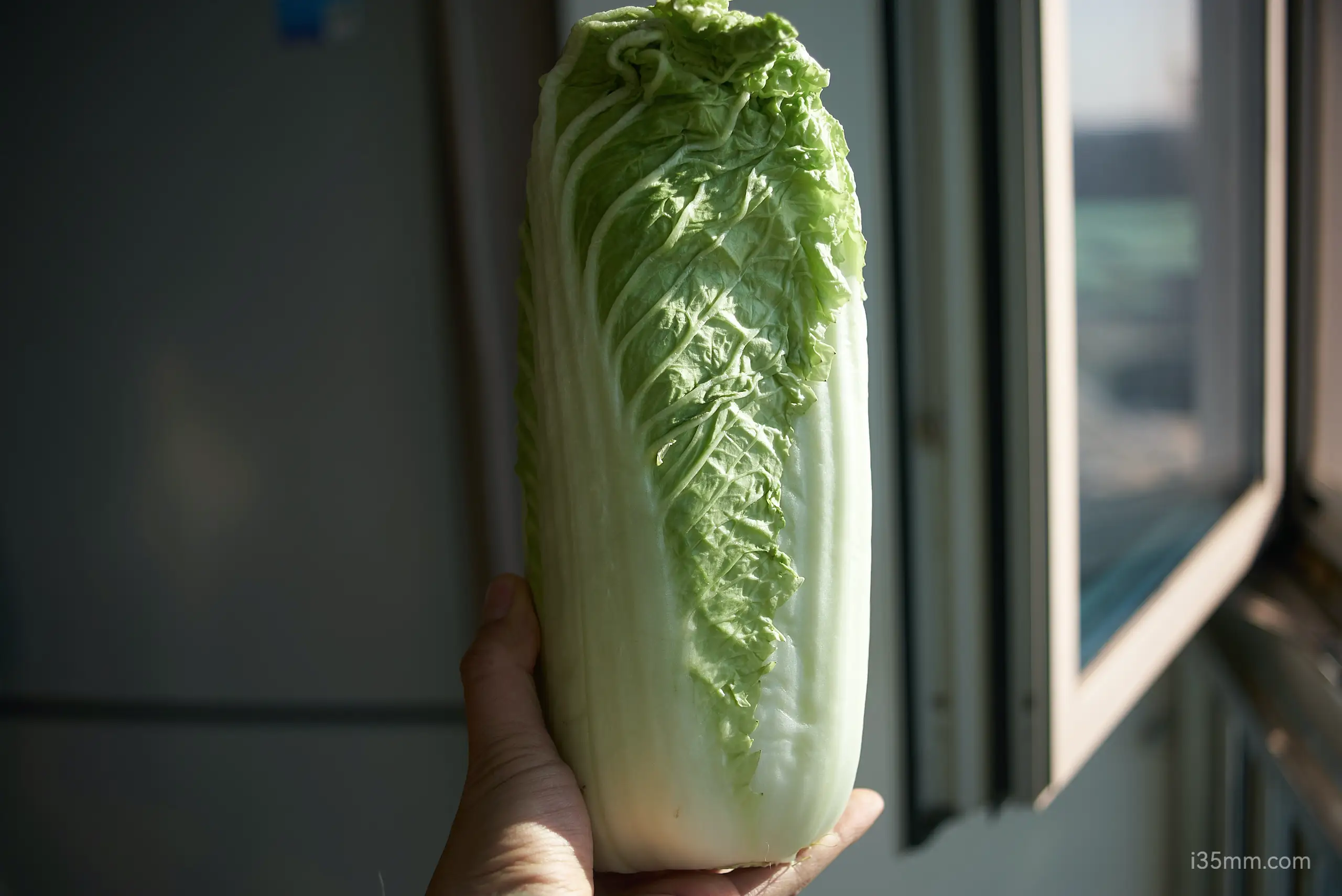
And in humble moments: a cabbage cradled in hands under cool light. The JPG’s bluish cast turns its leaves to washed-out jade, flattening veins and folds. Yet in RAW, a nudge of warmth coaxes out its verdant truth—crinkled leaves regain their crisp topography, dew drops catching sunlight like liquid emeralds.
JPGs lock light in a rushed interpretation, like a scribbled note. RAW, however, keeps the conversation open. Whether you seek the crisp truth of midday or the warmth the scene deserved, white balance becomes your quiet dialogue with light itself—a chance to honor how the world felt, not just how the sensor saw it.
These images were taken with Sony A7s and Contax 40mm-80mm f3.5.
